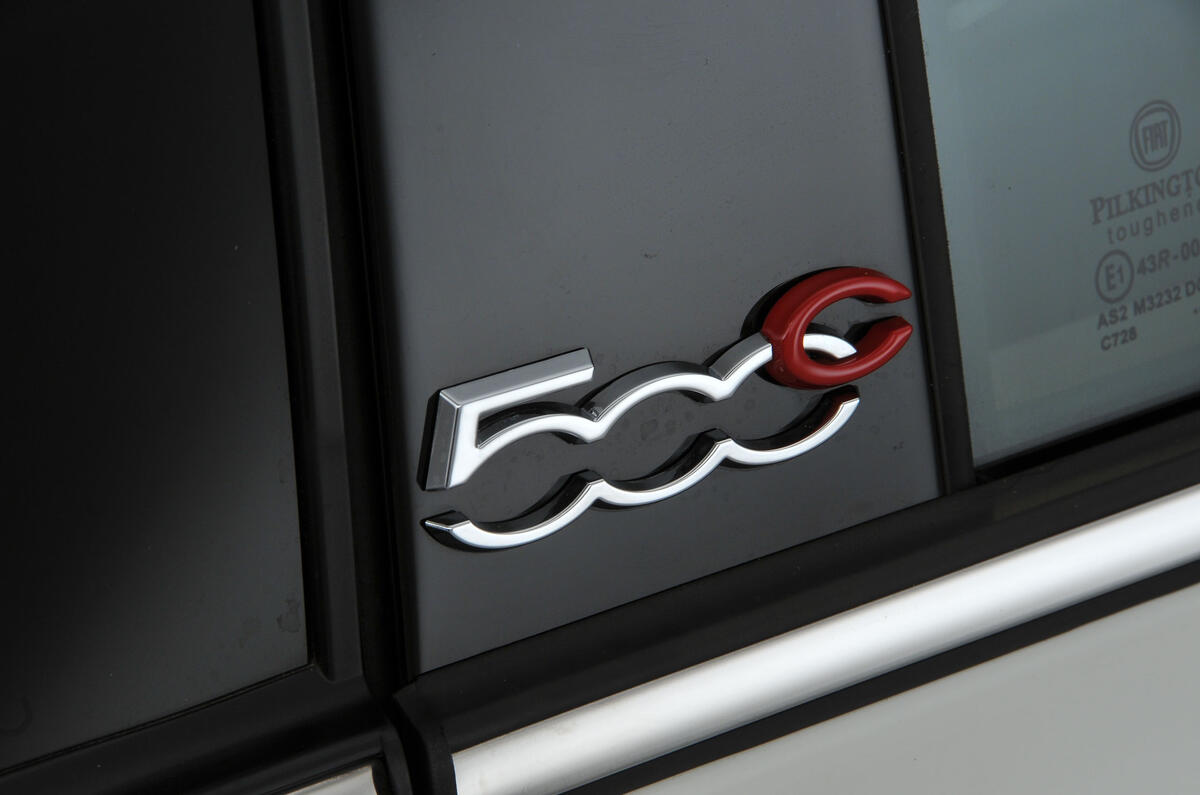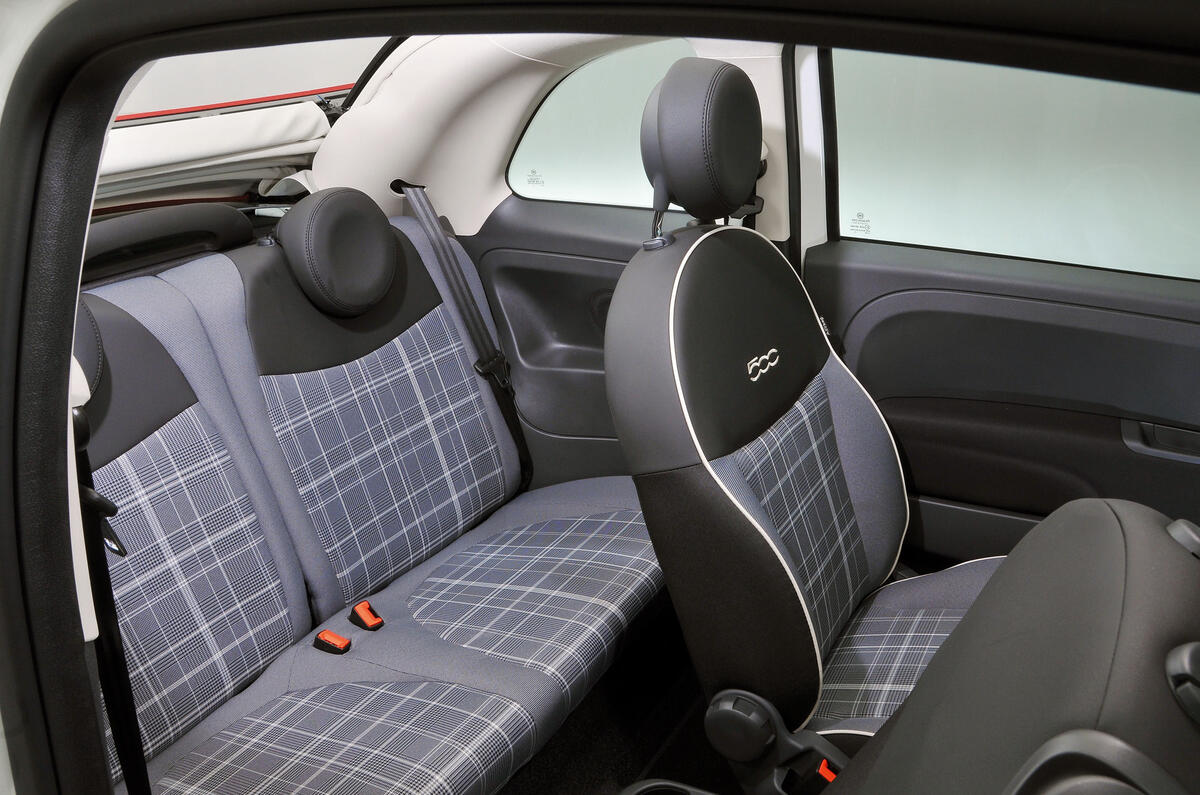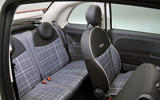First the bad news. When you sit inside the Fiat 500C and peel the roof as far back as it will go, the result neither looks nor feels like a full convertible. You notice the doorframes to your side and the structural components of the roof above you.
Make no mistake: this is a fantastically airy environment, but that sense of spatial freedom derived from driving a full convertible with the roof and windows down, where the A-pillars and windscreen are the only things between you and the world outside, is missing.
For those travelling in the back, with small, fixed panes of glass to their sides, it feels even more like a hatchback with a hole in the roof.
The better news is that to many – particularly that sizeable constituency of purchasers who buy convertibles because they are more interested in the admiration of their peers than the wind in their hair – the 500C will still prove mighty appealing, not least because the gorgeous lines of the 500 are unaffected.
It’s all a question of perspective. Look at the hood as a large sunroof and you will find it profoundly annoying that you have to slow to 37mph every time you want to move it. But view it as a convertible and it’s an unheard-of bonus to be able to open and close it without needing to crawl at walking pace or stop altogether.
What few will welcome, however, is the almost total obliteration of rearward vision once it’s folded in its fully down position, leaving the impression that you’re driving the world’s most compact, fashion-conscious van. Of course, you don’t have to have the hood so far back, but if you keep the roof in an intermediate position the wind can make its folds thrum annoyingly at speed.
Otherwise, the cabin is the same old triumph of style over substance. The dash is a wonderful piece of artwork and the dial-within-a-dial instrument solution is smart and clever. But we still don’t see why the driving position needs to be so poor, with the pedals set too high and the steering wheel so far away from the driver. Clearer ergonomics would not go amiss either.
So far as interior space is concerned, the package remains the same as the 500, which is to say there’s more than enough room in the front for adults of almost all sizes but while rear headroom is excellent for the car’s size, leg room is severely restricted.
Impressively the boot has suffered hardly at all despite the proximity of the roof, boasting a still modest 182 litre capacity, just three less than that of the 500, but a split rear seat is an option.
As for the trim levels, there are three to choose from - Pop, Pop Star and Lounge. The entry-level Pop trim comes with 14in steel wheels complete with vintage styled hub caps, a adjustable driver's seat, LED day-running-lights, and Fiat's Uconnect infotainment system, with USB connectivity. Upgrade to the Pop Star trim and the key additions are 15in alloy wheels and air conditioning.
The range-topping Lounge model gets far more luxury, with rear parking sensors, front foglights, a 5.0in touchscreen display, DAB radio and Bluetooth. We would recommend upgrading the infotainment system to the optional 7in touchscreen system, which we tried on the Tipo, as it has a better resolution and can be specced with sat nav too.


































